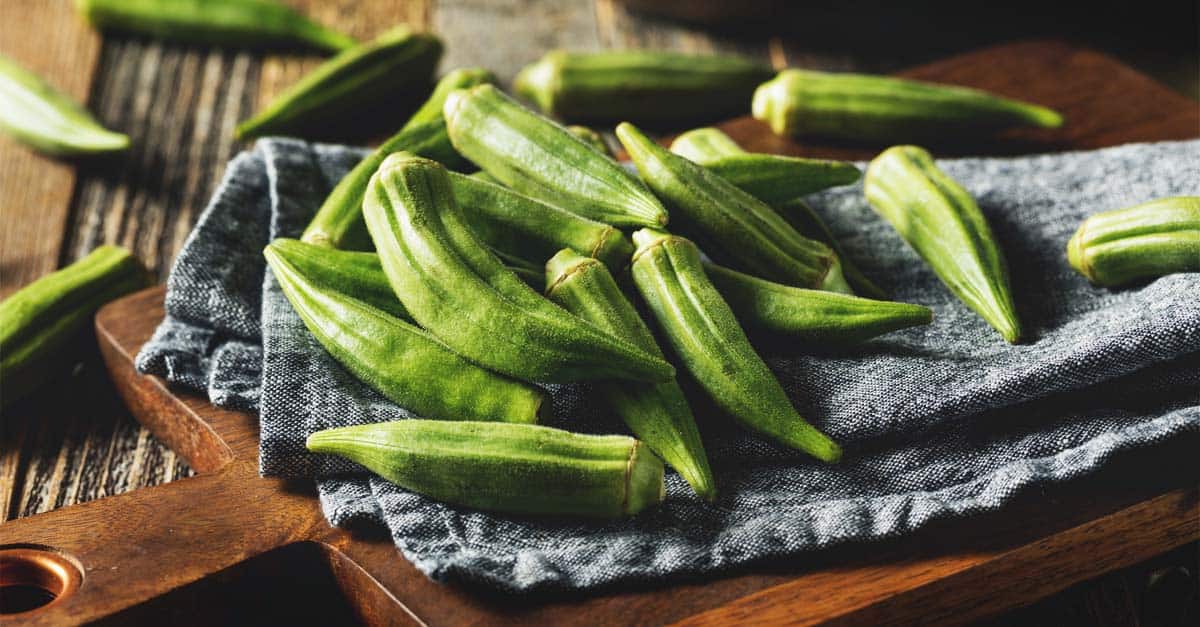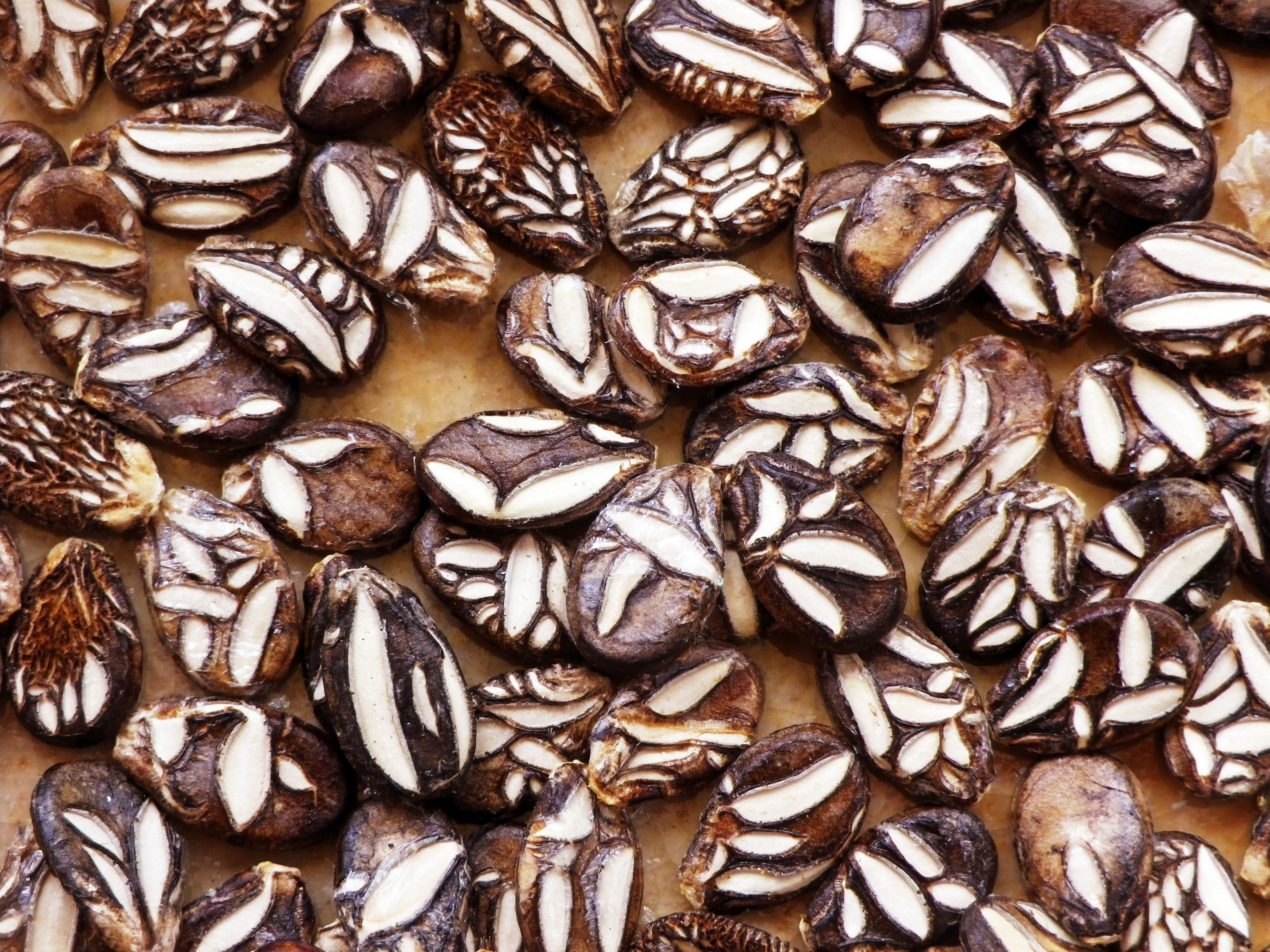

The heirloom Cowhorn Okra is a reliable variety that tends to be more forgiving for the home gardener. Keeping this in mind, if you don’t want to have to pick okra as often, this may not be the right choice for you. Jambalaya Okra, for example, is a hybrid variety that produces up to 2 weeks earlier than other okra varieties and is way more productive. When planting a hybrid variety, you have a much better idea of the characteristics of the fruit that the plant will produce. These characteristics can be anything from size, color, flavor, or disease resistance. Hybrid varieties have been specifically bred to have characteristics that are desirable to the grower. These varieties can be passed down through generations and keep their characteristics through those generations because of the careful planting to prevent cross-pollination. Heirlooms are varieties that have not been crossbred for 40-50 years or more. If you’ve ever explored the world of growing your own vegetables, you’ve no doubt heard the terms hybrid and heirloom. Ammonium Sulfate Fertilizer Menu Toggle.Vegetable, Flower, Fruit and Ornamental Fungicide.Each plant will continue to produce numerous pods over the long growing season and by keeping the pods picked you will encourage additional production.įor those growing okra for the first time, the next entry will highlight a few okra varieties that are perfect for the home garden. Some varieties have small spines protruding from the leaves and stems that can cause irritation so protect your hands or wear gloves during harvesting. To harvest the okra use a knife or a pair of pruners to cut the pods from the stem connecting them to the plant. It’s important to harvest the okra when the pods are young as they become tough, woody, and inedible if left on the plant until they mature. These attractive flowers will soon be followed by the edible okra pods.

Keep an eye out for the large pinkish or yellow blossoms that will be produced along the tips of the plants. Take care to position the plants in an area of the garden where they won’t cast a shadow over shorter neighboring plants. Okra will grow very quickly and before you know it your plants will be over four feet tall with some varieties reaching seven or eight feet in height by the time they are fully grown. Provide water as needed to support the plants growth and keep the weeds under control until the okra plants are established and tall enough to shade the ground and prevent additional weeds from germinating.

Or plant the seeds in raised beds using a matrix spacing allowing six to eight inches between the plants in each direction.Ī well fertilized or composted bed will supply all the nutrients that the okra plants need to grow and bear a productive harvest of delicious pods. Okra can be planted in rows twelve to eighteen inches apart and thinned to stand six inches apart in the row. Okra plants prefer warm temperatures and grow quickly so there’s no rush to plant them before the weather has settled. Plant the large, green, round seeds about three quarters of an inch deep after the soil has warmed in mid spring. I’ve seen okra transplants for sale at greenhouses and garden centers but it’s a better idea to start your own plants from seed sown directly into the garden. The okra pods are packed with seeds that are soft and edible until the pods mature which is when the seeds dry, turn hard, and the pods become tough.
GROWING OKRA FULL
Most okra varieties offer the best eating quality when the pods are harvested at small sizes, but a few varieties remain tender and tasty even after growing to their full length.

The pods mature in sizes ranging from a few inches to over a foot in length. While okra pods are usually light green in color, you can also find varieties with creamy white pods and I have even raised okra plants that produce attractive velvety red colored pods. Most of the okra cultivated in gardens now are the slender podded varieties that have pronounced groves or ridges along the sides of the pods. He raised an okra variety that produced short, smooth and rounded okra pods that are rarely seen or grown by gardeners today.
GROWING OKRA PATCH
My first memory of okra plants were from my grandfather’s large patch of five foot plants growing in Southern Maryland. If you can raise tomatoes and peppers in your garden you should have no trouble growing a healthy and productive crop of okra. Okra is one of those interesting vegetables like Cowpeas that for some reason you seldom discover growing in backyard vegetable gardens.Īlso like those Black Eyed Peas, okra is more popular as a Southern specialty crop however it will grow perfectly well even in Northern gardens.


 0 kommentar(er)
0 kommentar(er)
